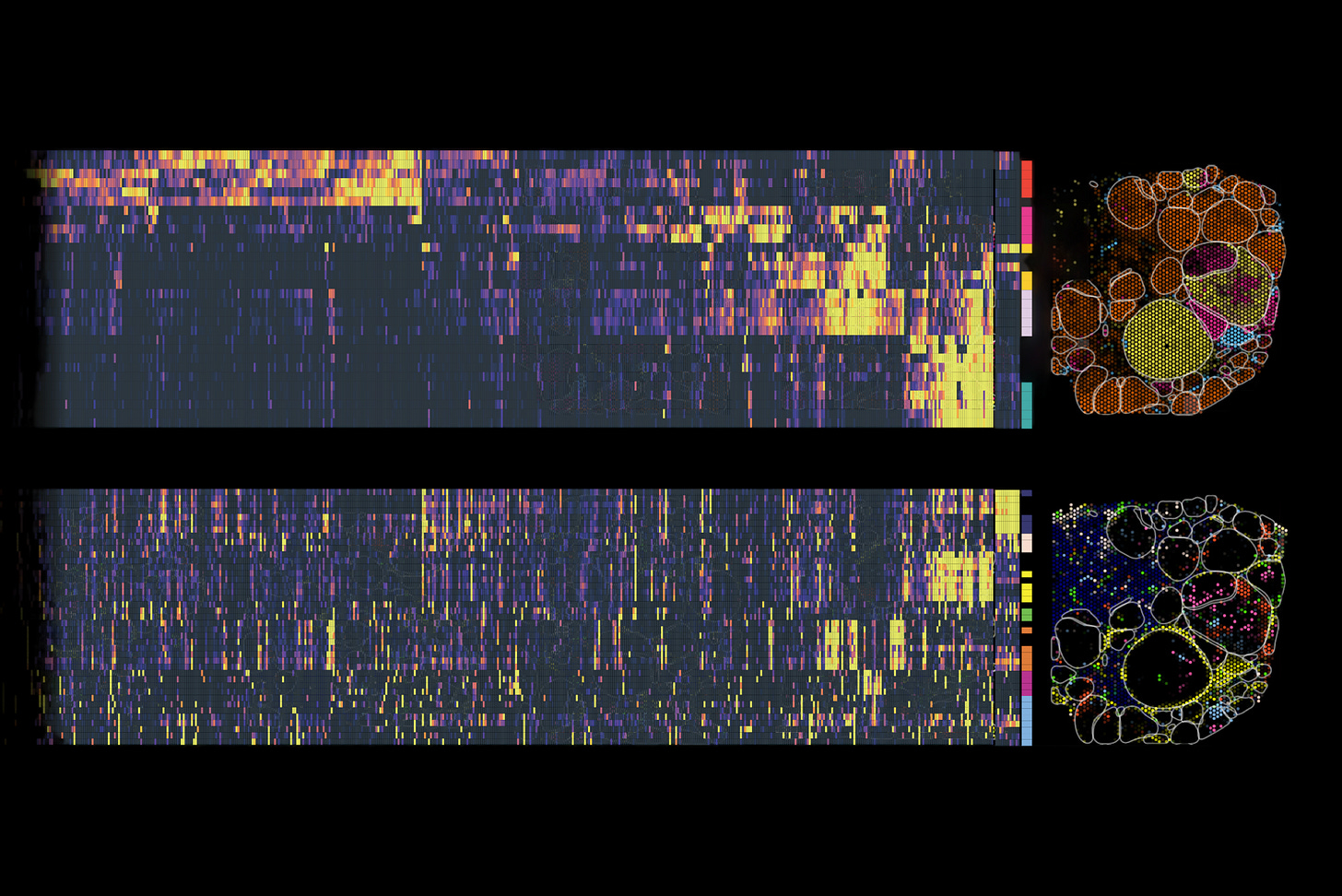This week in MathOnco 344
Adaptive therapy, agent-based models, plasticity, computational pathology, and more...
“This week in Mathematical Oncology” — Sept 18, 2025
> mathematical-oncology.org
From the editor:
This week’s issue contains topics like Adaptive therapy, agent-based models, plasticity, computational pathology, and more.
As always, just reply to this email if you’d like to submit a paper for inclusion in this newsletter.
Enjoy!
Jeffrey West
jeffrey.west@moffitt.org
Deriving Optimal Treatment Timing for Adaptive Therapy: Matching the Model to the Tumor Dynamics
Kit Gallagher, Maximilian A. R. Strobl, Alexander R. A. Anderson & Philip K. MainiAn efficient and flexible framework for inferring global sensitivity of agent-based model parameters
Daniel R. Bergman, Trachette Jackson, Harsh Vardhan Jain, Kerri-Ann NortonMathematical modeling and simulation of tumor-induced angiogenesis in retinal hemangioblastoma
Franco Pradelli, Giovanni Minervini, Pradeep Venkatesh, Shorya Azad, Hector Gomez, Silvio C. E. TosattoComputational pathology annotation enhances the resolution and interpretation of breast cancer spatial transcriptomics data
Tianyi Li, Qiao Yang, Balazs Acs, Emmanouil G. Sifakis, …, Jens Lagergren, Joakim Lundeberg, Xinsong Chen & Johan HartmanEmploying nullclines to balance treatment efficacy and neurotoxicity for sustained tumor control
Lois C. Okereke, Ernesto A.B.F. Lima, Anna G. Sorace, Thomas E. Yankeelov
The coming era of nudge drugs for cancer
Tristan Courau, Arpita Desai, Allon Wagner, Alexis J. Combes, Matthew F. KrummelImpacts of competition and phenotypic plasticity on the viability of adaptive therapy
B. Vibishan, Paras Jain, Vedant Sharma, Kishore Hari, Claus Kadelka, Jason T. George, Mohit Kumar JollyEmergent microtubule properties in a model of filament turnover and nucleation
Anna C. Nelson, Scott A. McKinley, Melissa M. Rolls, Maria-Veronica Ciocanel
Calcium Signalling in Glioblastoma Networks of Different Topologies and Possible Treatments
Alexandra Shyntar, Thomas HillenPunctuated mutagenesis promotes multi-step evolutionary adaptation in human cancers
Christopher Graser, Wenbo Wu, Cole Christini, Mia Petljak, Franziska Michor
Rob Noble (City, University of London)
Understanding, predicting and controlling stochastic cancer evolution
MCMC Seminar #1: Understanding the nature of tumour evolution promises to enable more accurate prognostic methods and more effective treatment strategies. I will use three examples to illustrate how the analysis of stochastic processes can aid this goal by bridging the gap between ODE/PDE models and agent-based simulations. First, I will show how surprisingly simple mathematical expressions can be derived to explain why selective sweeps (the spread of beneficial mutations through an entire population) are rare except when tumours are relatively very small. Next, I will explain how studying tree generating processes and tree shape indices can improve model selection and clinical forecasting methods. Finally, I will present an application of stochastic processes to improving cancer cure rates by minimizing the probability of evolutionary rescue. Although all this work is motivated by questions in cancer research, the methods and results are readily applicable to other biological systems.
The newsletter now has a dedicated homepage where we post the cover artwork for each issue, curated by Maximilian Strobl, Sarah Groves, and Veronika Hofmann. We encourage submissions that coincide with the release of a recent paper from your group. This week’s artwork:
Based on the paper: Integrated in vivo combinatorial functional genomics and spatial transcriptomics of tumours to decode genotype-to-phenotype relationships published in Nature Biomedical Engineering
Artist: Marco Breinig (@breinigmarco.bsky.social), Elias Heidari and Artem Lomakin
Caption: Complex genetic changes drive the emergence of diverse tumor cell populations, making tumor heterogeneity a fundamental feature of cancer. Yet, how genetic alterations interact to reprogram tumor cells and their microenvironment remains largely unknown. Here, the authors develop CHOCOLAT-G2P (C-G2P) a scalable experimental framework that cohesively combines multiplex in vivo functional genomics with spatial transcriptomics. In a proof-of-concept, they generate a tumor-mosaicism mouse model based on a powerset combination of 8 alterations that are introduced in the native context of murine liver, testing 256 genotypes in a single experiment. Capturing 324 annotated tumors across six ~6x6 mm2 sections, C-G2P charted phenotypic landscapes of tumor ecosystems, revealing zonation-associated liver cancer subclasses and connections between tumor subtypes and stromal- as well as immune-cell signatures. Further, C-G2P decoded epistatic relations within compound genotypes relevant to cholangiocarcinoma. C-G2P lays a foundation to systematically decipher complex genetic underpinnings of disease phenotypes within tissue context.
Visit the mathematical oncology page to view jobs, meetings, and special issues. We will post new additions here, but the full list can found at mathematical-oncology.org.
1. Jobs
Current subscriber count: 2,369










